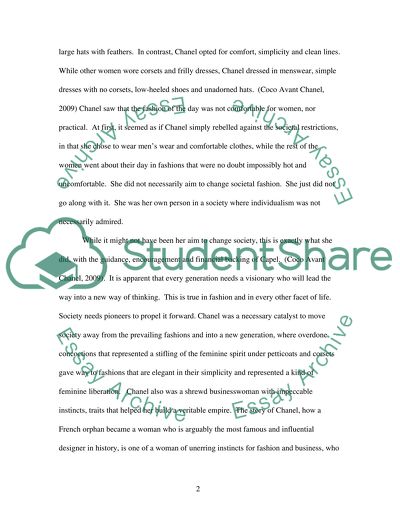Cite this document
(The Style Empire of Coco Chanel Literature review, n.d.)
The Style Empire of Coco Chanel Literature review. Retrieved from https://studentshare.org/biographies/1566703-coco-chanel
The Style Empire of Coco Chanel Literature review. Retrieved from https://studentshare.org/biographies/1566703-coco-chanel
(The Style Empire of Coco Chanel Literature Review)
The Style Empire of Coco Chanel Literature Review. https://studentshare.org/biographies/1566703-coco-chanel.
The Style Empire of Coco Chanel Literature Review. https://studentshare.org/biographies/1566703-coco-chanel.
“The Style Empire of Coco Chanel Literature Review”. https://studentshare.org/biographies/1566703-coco-chanel.


